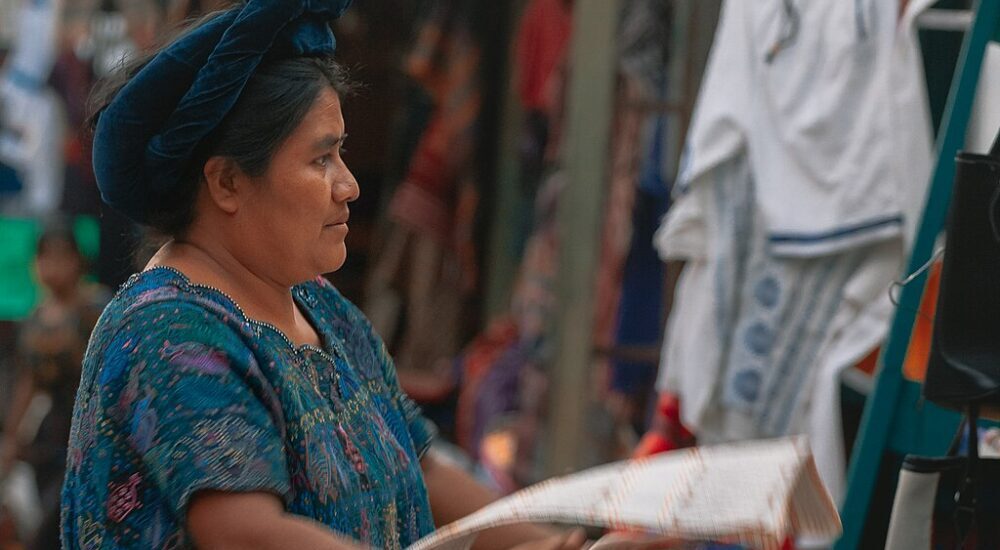Central America is known for its deep cultural roots and history, and a big part of this is its many indigenous languages. In this region, you’ll find many languages spoken for hundreds of years. These languages do more than just help people talk to each other. They’re a key part of what makes each community special. They help us understand the area’s history and how people used to live. Even though some of these languages are widely known and others less so, each plays a role in shaping the culture of Central America. Learning about the Indigenous Languages of Central America helps us appreciate the area’s history and the stories of the people living there.
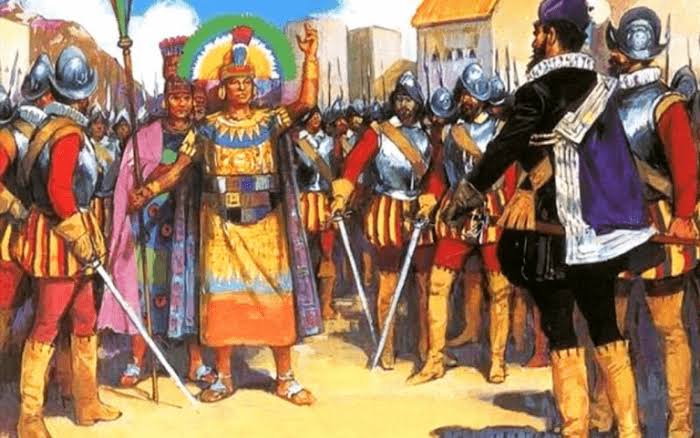
History of the Indigenous Languages of Central America
Before Europeans came to the Americas, Central America was full of different cultures and languages. This was the pre-Columbian era, a time before European exploration. Many indigenous groups lived here, each speaking their own language. Unlike South America, where the Inca Empire made Quechua a common language in many places, Central America didn’t have one empire that spread a single language everywhere. This led to a lot of different languages growing in their own communities.
The land in Central America, with its jungles and mountains, also helped create this variety of languages. These natural features often kept communities apart, letting their languages develop independently. Even now, this variety of Indigenous Languages of Central America is a big part of the area’s culture and identity.

The Diversity of Indigenous Languages in Central America
Central America is home to several key language families, including the Mayan, Mesoamerican, and Misumalpan. The Mayan languages, used in Guatemala and parts of Mexico, are known for their complex grammar and historic writing system. The Mesoamerican language family features Nahuatl, once spoken by the Aztecs, which has influenced English with words like ‘chocolate.’ In Nicaragua and Honduras, the Misumalpan languages stand out for their unique pronunciation and focus on action words. Languages such as K’iche’ and Q’eqchi,’ part of the Mayan family, are deeply rooted in Guatemala’s culture. These Indigenous Languages of Central America are more than just ways to talk; they reflect the region’s deep cultural history.

Evolution and Common Ancestry
Some experts think that the many indigenous languages in Central America might have come from one original language. This idea suggests that a single language was spoken a long time ago. Over time, as groups of people moved and lived in different areas, this language changed and evolved into the diverse languages we see today.
However, figuring out the history of these languages is tough. One big problem is that there aren’t many old records or writings. For many indigenous languages, the traditions and stories were passed down by speaking, not writing. This means we don’t have written records to study how these languages have changed over time.
Another challenge is that we don’t know everything about these languages. Some are still not well understood, and it can be hard to tell the difference between a dialect (a variation of a language) and a completely separate language. This makes it tricky to map out how all these languages are connected.
So, while the idea of a common ancestral language is interesting, it’s a bit like a puzzle with many missing pieces. Researchers are still working to assemble this puzzle, learning more about Central America’s rich history of languages.
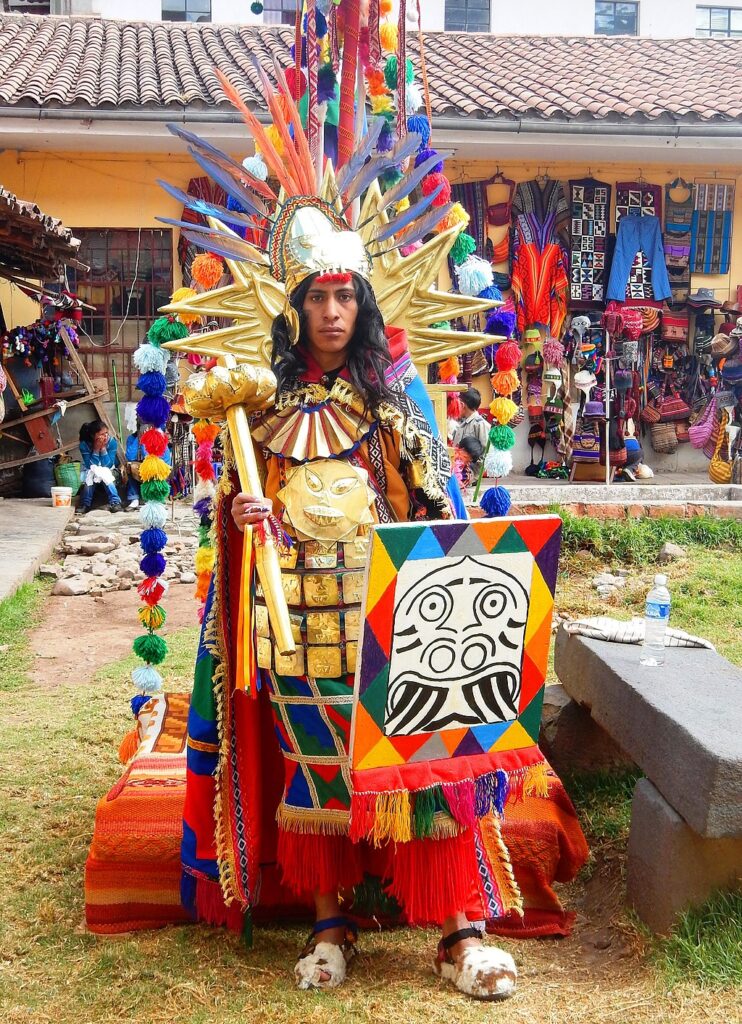
Challenges in the Preservation of Indigenous Languages in Central America
Preserving indigenous languages in Central America is not an easy task. One major challenge is that many of these languages haven’t been fully studied or described. This is partly because small groups speak some languages of people living in remote areas, where it’s really hard for researchers to reach. Doing fieldwork in dense jungles or mountainous regions can be tough, limiting our understanding of these languages.
Another big issue is the lack of consistent classification of these languages. Sometimes, what one expert thinks is a dialect (a version of a language), another might see as a totally separate language. This confusion makes it hard to get a clear picture of how many languages there are and how they are related to each other.
Also, different ways of writing these languages, influenced by Spanish and Portuguese, add to the confusion. This inconsistency makes it harder to document and teach these languages effectively.
All these challenges mean that many indigenous languages are at risk of disappearing. Without enough research, understanding, and teaching of these languages, we could lose important parts of Central America’s cultural heritage.
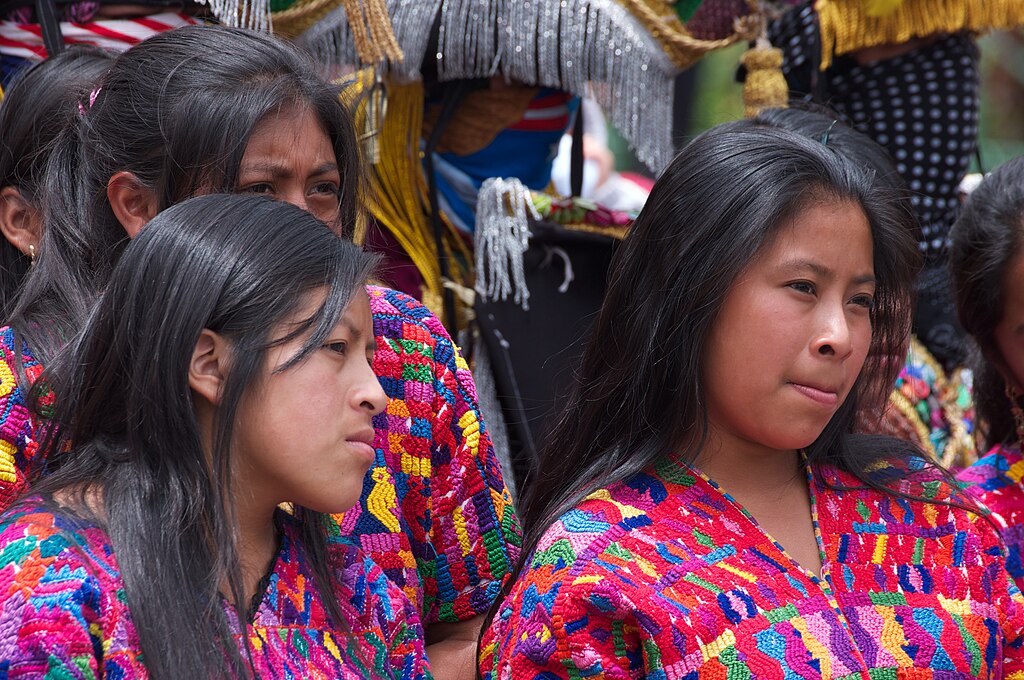
Comparison with Other American Regions
Central America’s language scene is quite different from that of North and South America. In terms of the number of languages per family, Central America has fewer languages in each family compared to these other regions. South America, for instance, has a wider range of languages with more families, but each family typically has fewer languages. North America also has its own distinct linguistic profile, with a different mix and spread of languages.
This variation shows the unique paths of language development and spread in each region. Central America’s history, geography, and cultures have shaped a language picture distinct from its north and south neighbors.
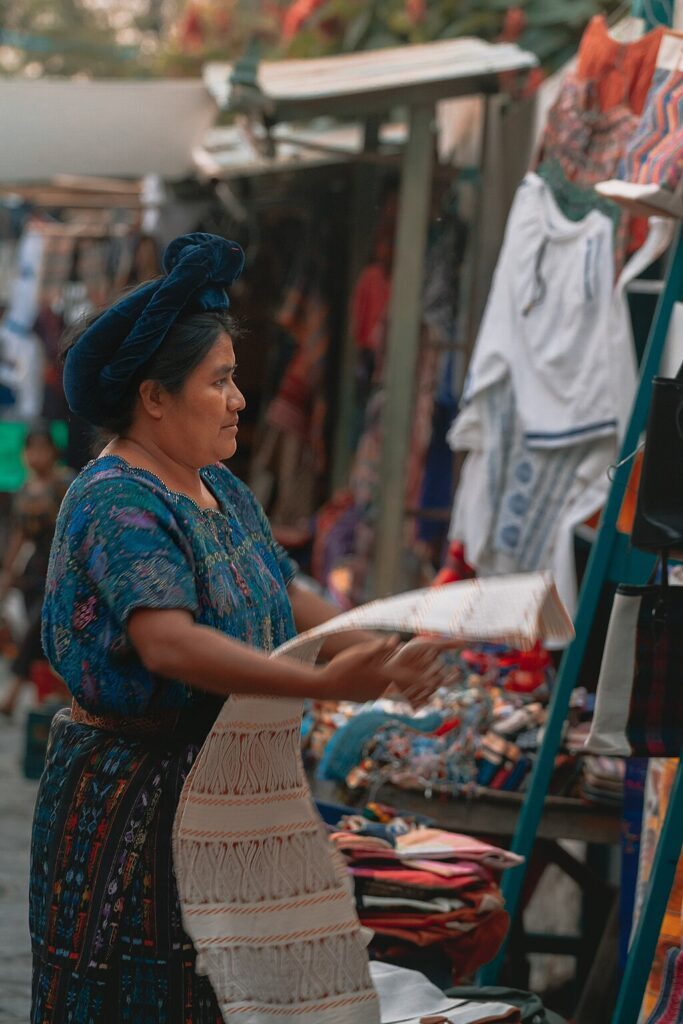
Modern Efforts in Language Preservation
Nowadays, there are many efforts to save and bring back indigenous languages in Central America. Governments, non-governmental organizations (NGOs), and local communities are all playing a part. Governments are creating programs that include these languages in school curriculums, helping kids learn them from a young age. NGOs are working on projects like recording native speakers and developing language learning apps, which make it easier for people to learn these languages. Local communities are also key; they’re keeping their languages alive by using them every day and passing them on to younger generations. These efforts show a growing awareness and commitment to keeping these important languages alive.


